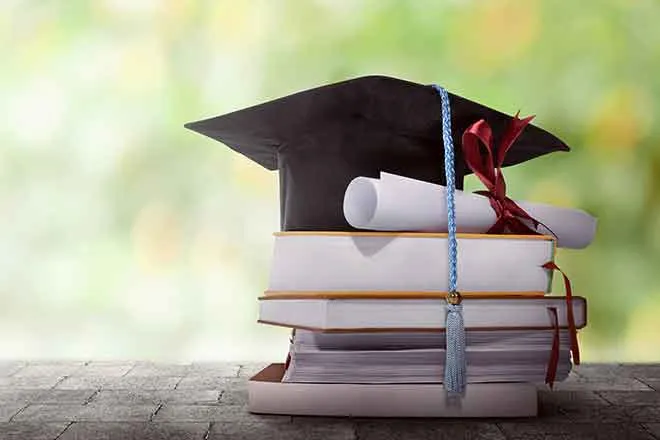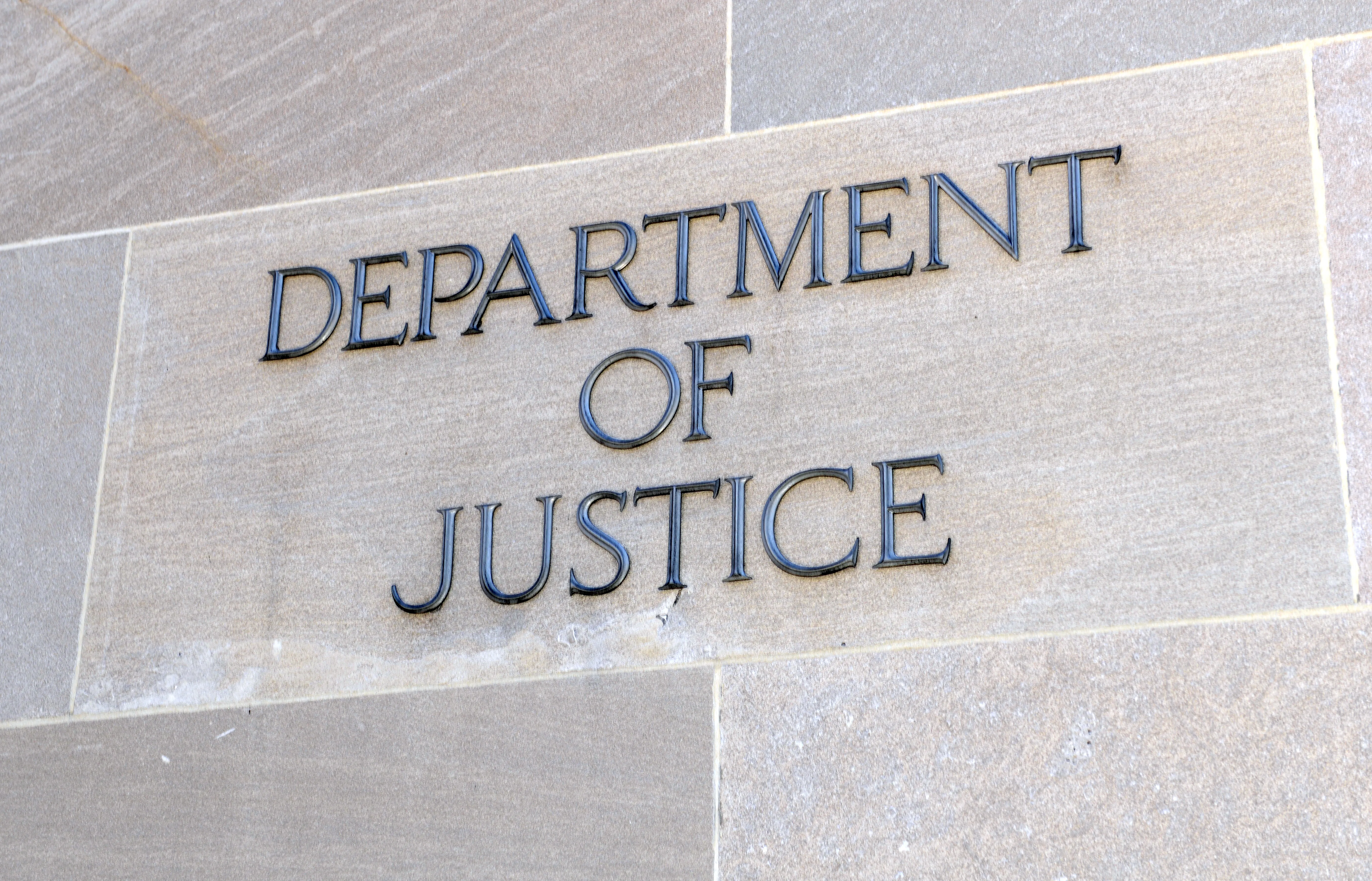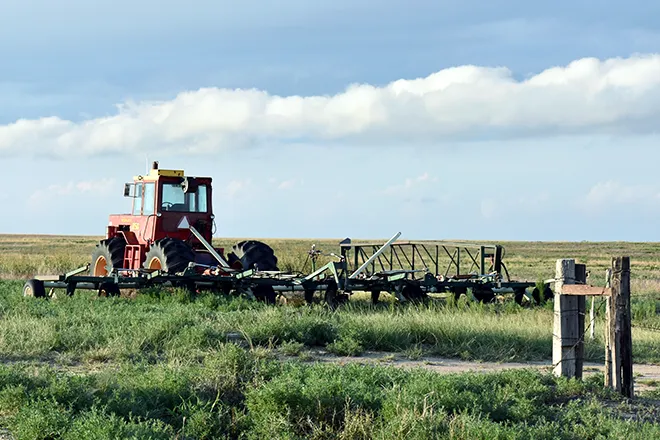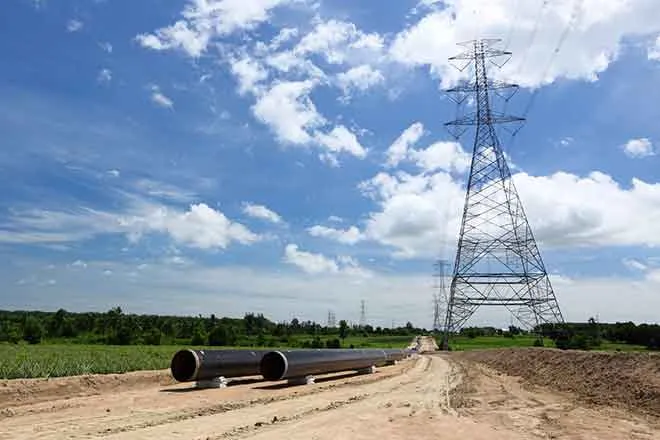
Kansas Senate considers bill requiring in-person learning to resume
© iStock - Minerva Studio
(The Center Square) – A bill that would require all schools to offer in-person learning starting March 26 has been introduced in the Kansas Legislature.
Senate Bill 235 is scheduled for a Senate hearing on Thursday in the Senate Education Committee.
In a news release talking about the bill, Senate President Ty Masterson, R-Andover, said that students must not continue to “languish in virtual learning.”
“Kansas parents have been patient, but they have seen their children struggling and they have had enough,” Masterson said. “It’s time to do what is desperately needed and get Kansas kids back to school.”
Not all schools are out of class at this point and some have remained in person throughout the school year, according to Mark Tallman, Kansas Association of School Board's associate executive director for advocacy.
Over the summer of 2020, the Kansas Legislature took school opening decisions away from the governor and gave it to local school boards or county health department.
“We had districts that started as usual, we had districts that delayed starting, and we’ve had districts going in and out of in-person depending on what was happening with their COVID cases and all those factors,” Tallman told The Center Square.
Tallman said it is unclear how many districts SB 235 would affect, but it would likely be a small number.
Philosophically, the issue is the state said local entities should have control last year, but this year they are trying to override it, Tallman said.
“We are generally supportive of local control – and that was really what the state said last year when they made some changes in the law: that we shouldn’t try to have the same solution for every community, and I think our position is going to continue to stick with that,” Tallman said.
He points out the U.S. Centers for Disease Control and Prevention said students should be back in school if specific safety protocols can be met.
“The challenge for some of our larger districts is not having the space to do physical distancing, not having the facilities to put some of those issues in place have been part of the factor,” Tallman said.
A second problem the bill raises is what the bill actually means. The most restrictive interpretation would leave schools with no recourse should another pandemic arise or any other emergency.
















